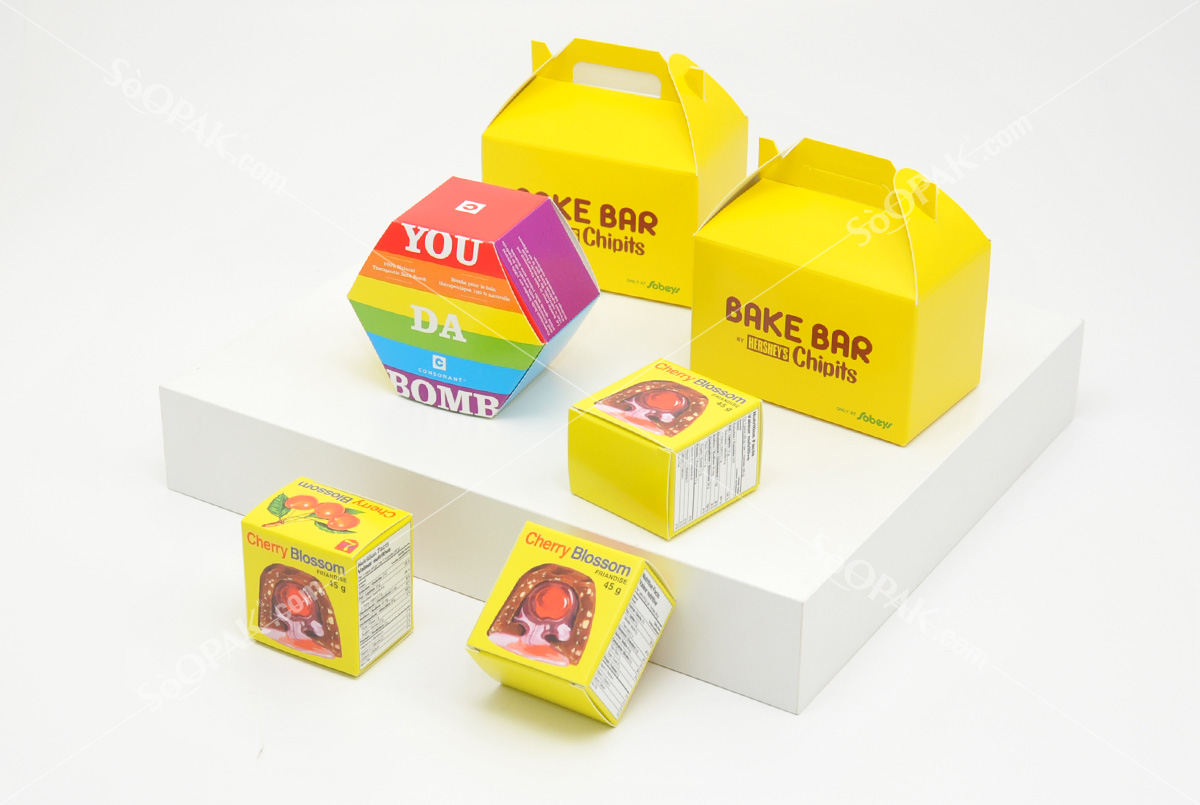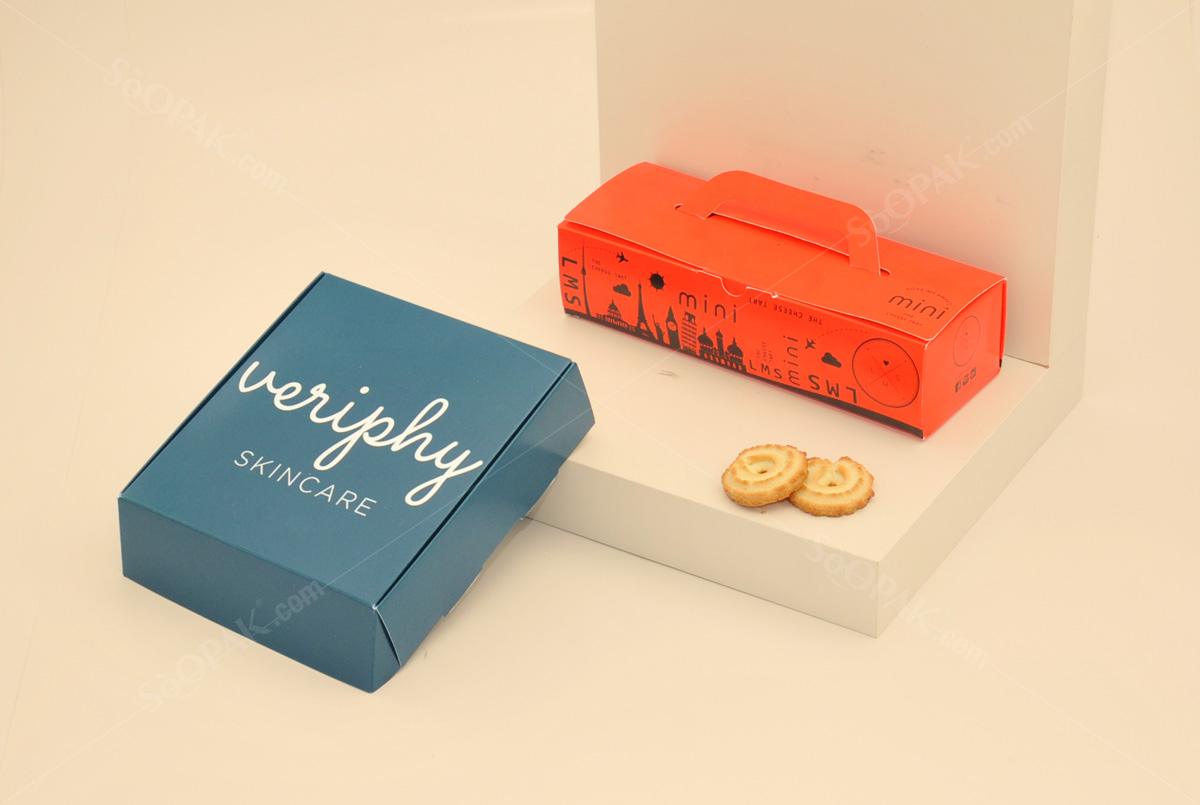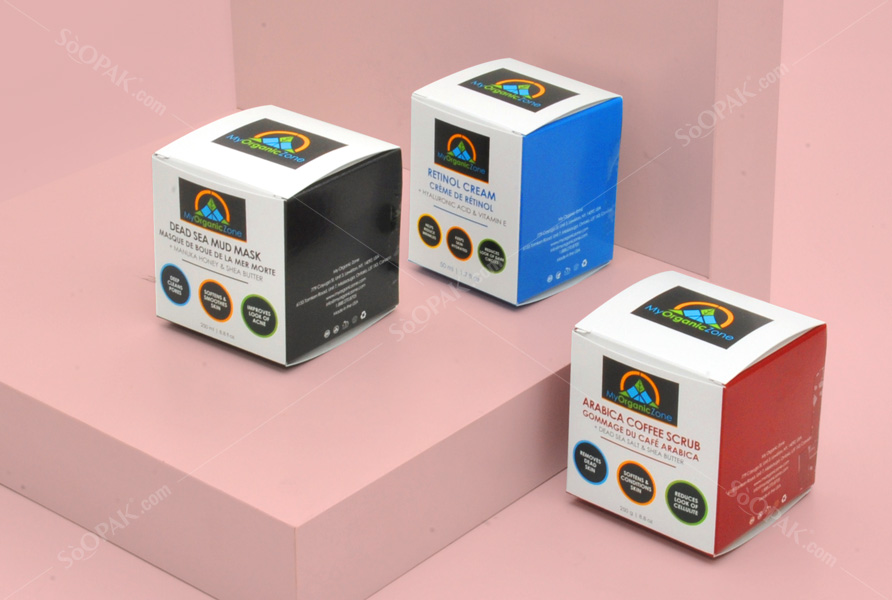It is no secret that people around the world are becoming more aware of the climate change crisis and taking action to reduce their impact. This awareness has led to the creation of the plastic-free movement as well as the zero-waste movement. Both movements aim to reduce our impact on the planet and reduce the amount of plastic and other wastes that end up in landfills or the ocean.
That has led to a rise in stores without packaging, but that is not always feasible. Some products must be packaged, and these products cannot be sold in most retail stores or online without any packaging. In those cases, how do you incorporate the effects of the plastic-free movement into your packaging?
Consider Other Materials
Start by considering alternative materials instead of relying solely on plastic. If you sell a liquid in a plastic bottle, consider swapping it out for glass. If you use plastic packaging but cardboard would be a reasonable alternative, make the switch so it can be recycled. Look at the various packaging material options that are available for your product and see if any would be a good, environmentally friendly alternative. Your product packaging manufacturer could likely help you come up with some solutions.
When Plastic Is Necessary, Ensure It Is Recyclable
Sometimes, you cannot avoid plastic in your packaging. If there is no way to get around it, then be extra mindful of your design. Start by opting for recyclable plastic. Part of this means trying to only include a single material in your product packaging. This increases the chances of your packaging being properly recycled since each material is processed differently.
Make It Reusable
You can also appeal to those in the plastic-free movement by making your packaging reusable. Give consumers options on how to reuse your packaging for other items in the future. For example, if you sell candles that come in glass jars, encourage users to turn the empty jar into a vase. You could even create a hashtag to encourage people to share their reused containers. This way, even if your packaging is plastic, it is less likely to end up in a landfill or the ocean, which is the point of the plastic-free movement.
Offer Bulk Packaging
You should also strongly consider offering bulk packaging, depending on your product. Generally, larger sizes have less packaging per gram of product, reducing the effect on the planet. This way, you could not only go plastic-free but also reduce the overall packaging used, minimizing your company’s impact on the planet.
Other Environmentally Friendly Packaging Choices
The plastic-free movement has also encouraged consumers and companies alike to make other environment-friendly decisions. One example would be examining your packaging to see if you can reduce the amount of material used. If the packaging is currently overly large, you can probably make it smaller and reduce the material used. As a bonus, this will also lower material costs and shipping costs. Depending on what you sell, you can also set up a program for disposing of or reusing products or packaging. The classic example is the glass milk jugs, which would be cleaned and refilled.




